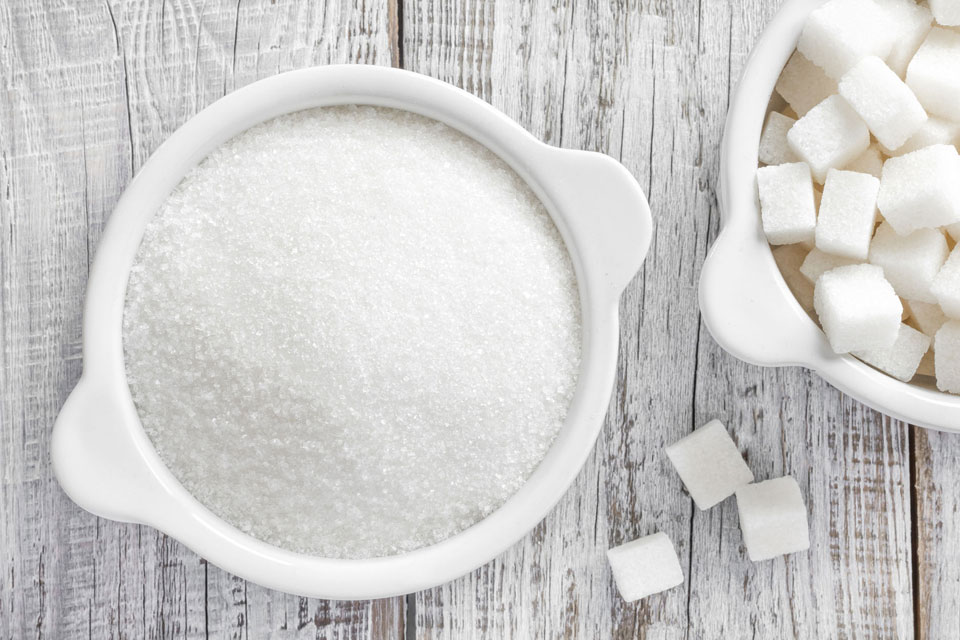Marketing deceptions: My first defeat of shopping smart at the supermart based on my own experience last week.
I was feeling tight in my head. I had thought of getting honey initially but I stumbled upon this offer: 75% off with a free smaller bar. As it was late and I would be turning in soon, I decided to grab a XXXXX brand 95% cacao bar since I would not be active physically to expand the energy I would have consumed from any honey products. Plus, I hoped that the slight (almost no) caffeine in the beans would ease the tension in my head just enough to get home and not get me over-pumped, and that the complex carbohydrates would help.
I thought I had a very bitter bar waiting for me the end of the payment line, as I wasn’t sharp enough to check the ingredient list first and hastily made payment. When I opened it up to eat while I walked, I realised I had been defeated by a marketing gimmick once again after many years. The taste receptors of my tongue send the feeling of pleasure and sweet taste to the neurons in my brain. It was darn sweet. To the point of being addictive. I sighed and looked at the ingredients for the sweetener, thinking I would find sucralose, and to my (extra) horror, I discovered it was maltitol.
I thought I had a very bitter bar waiting for me the end of the payment line, as I wasn’t sharp enough to check the ingredient list first.
Artificial Sugar: Maltitol
Maltitol is an artificially produced sweetener that is a member of the sugar alcohol family. According to calorie organisations worldwide, maltitol contains 90 percent of the sweetness of sugar and has 2.1 calories per gram. It is sometimes used in foods labeled as “sugar free” and foods recommended for diabetics. It also provides a lower-carb alternative to table sugar, because the body can only absorb half of the carbohydrates in maltitol. My personal take is that the other half probably will be like sucralose, a covalent bonded chemical, which the body can’t process.

Negative Side Effects
The European Journal of Clinical Nutrition notes that maltitol is associated with stomach and abdominal pain in adults. A placebo controlled, double-blind study on health volunteers showed that consuming levels as low as 40 g of maltitol daily would trigger side effects of abdominal pain.
While the International Journal of Food Sciences and Nutrition offers that Maltitol levels for children have an ideal tolerance of no more than 15 g daily, a European Journal of Clinical Nutrition study shows that diarrhea occurs at daily consumption levels 60 – 90 g in adults. The study also notes that the more Maltitol is consumed, the more likely and more severe symptoms of diarrhea will be.
Products containing maltitol can cause dehydration in some people, especially if consumed in a high amount (over 20 grams per day). Maltitol can cause a laxative-like effect which can lead to moderate to severe dehydration. To counteract dehydration caused by consuming too much maltitol, increase your fluid intake with liquids which do not contain maltitol.
Reason for Invention
Accelerating Weight Loss:
Some people choose to limit their food energy intake by replacing typical high-energy sugar or corn syrup with other sweeteners having little or no food energy.
This allows them to eat the same foods they normally would while allowing them to lose weight and avoid other problems associated with excessive caloric intake.
Dental Reasons:
Sugar substitutes are tooth-friendly, as they are not fermented by the microflora of the dental plaque. An example of a sweetener that can benefit dental health is xylitol. Xylitol works to prevent bacteria from adhering to the tooth surface, thus preventing plaque formation and eventually decay. The carbohydrates and sugars consumed usually adheres to the tooth enamel. Bacteria can feed upon this food source allowing them to quickly multiply. As the bacteria feed upon the sugar, they convert it to acid waste that in turn decays the tooth structure. Xylitol cannot be fermented by these bacteria, so the bacteria have difficulty thriving, thus helping to prevent plaque formation.
Hypoglycemia/Genetic Predisposition:
Individuals with reactive hypoglycemia will produce an excess of insulin after quickly absorbing glucose into the bloodstream. This causes their blood glucose levels to fall below the amount needed for proper body and brain function. As a result, like diabetics, they must avoid intake of high-glycemic foods like white bread, and often choose artificial sweeteners as an alternative.
Diarrhea as Side Effect:
According to the Calorie Control Council, maltitol shares the laxative qualities of other sugar alcohol blends. As a result, those who take maltitol can expect the regularity of their bowel movements to change. The levels of maltitol needed daily to cause diarrhea vary depending on the age of the person eating maltitol.
Interesting history fact:
In early 80’s, there was a new surge in low fat products.The first few batch of marketing gimmick of “healthy” sweets like muffins in country XXX had the consumers focus on the fact that they are fat free and the reason it is true is that more sugars are added. XXX country people at that era still have not move past the misconception that eating fatty foods does not necessarily makes you fat, and instead, are too focused on the side effects of fats. (Power of mainstream marketing campaigns educating masses that they should avoid fat is similar to how, nowadays, we are taught to consume more HDL cholestrol!)
Conclusion (Personal Take)
My personal suggested diet style involving sugar is that such individuals may opt to replace refined white sugar with less-processed sugars, such as fruit juice or maple syrup. Have more carbohydrates as they contain starch rather than too much of artificial sweeteners. I tried to be as neutral in this article towards artificial sugars as they have reasons for being around too but I need to be negative on some, especially maltitiol which causes abdominal pain when consumed in more then 60 – 90g (typical adult) and who knows what this problem will lead to? Also, keep an eye out for them in supplements as this new sugar seems to be the new addition for marketing gimmicks in the market.
I tried to be as neutral in this article towards artificial sugars as they have reasons for being around too but I need be negative on some, especially maltitol which causes abdominal pain when consumed in more then 60 – 90g (typical adult) and who knows what this problem will lead to?





